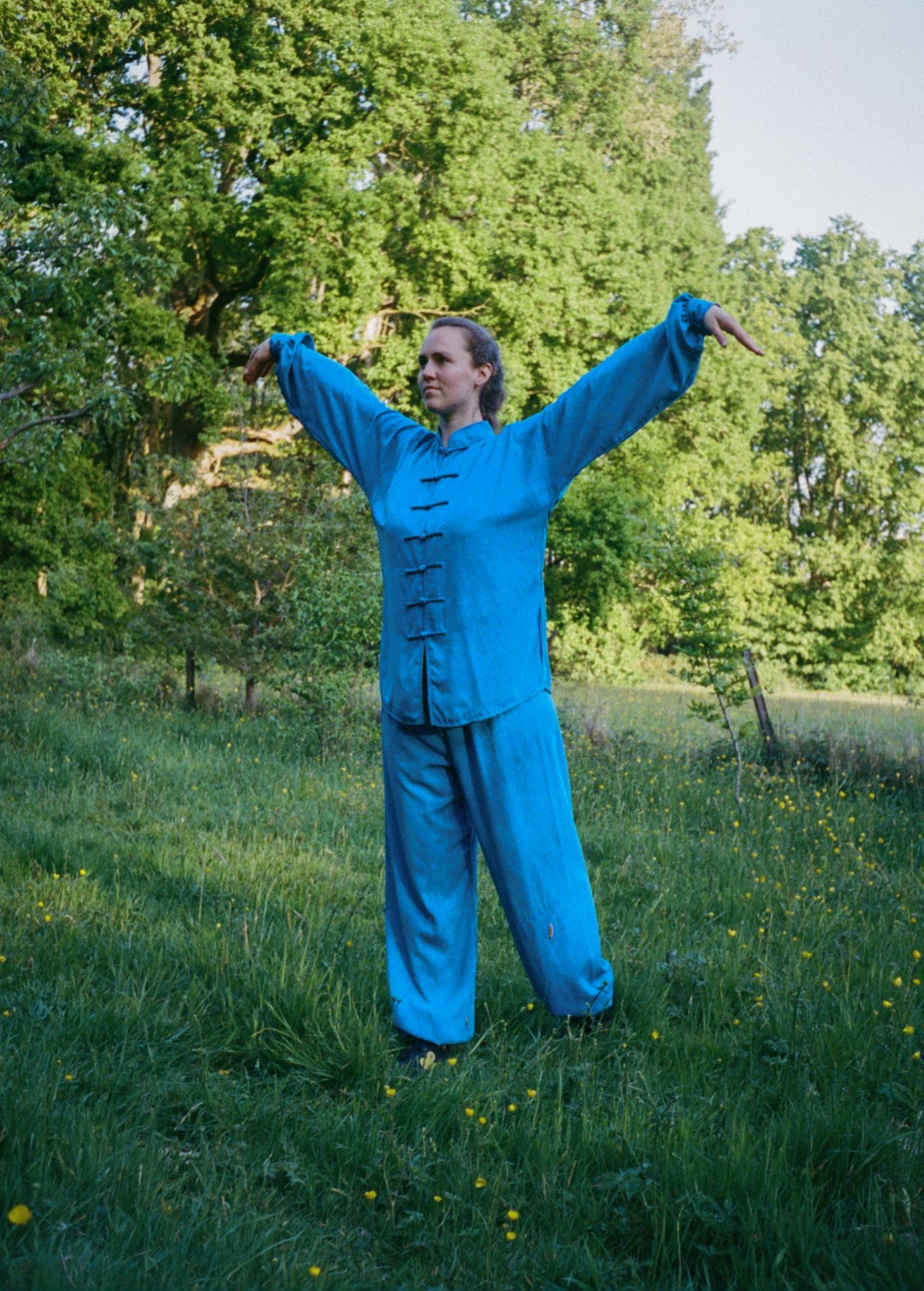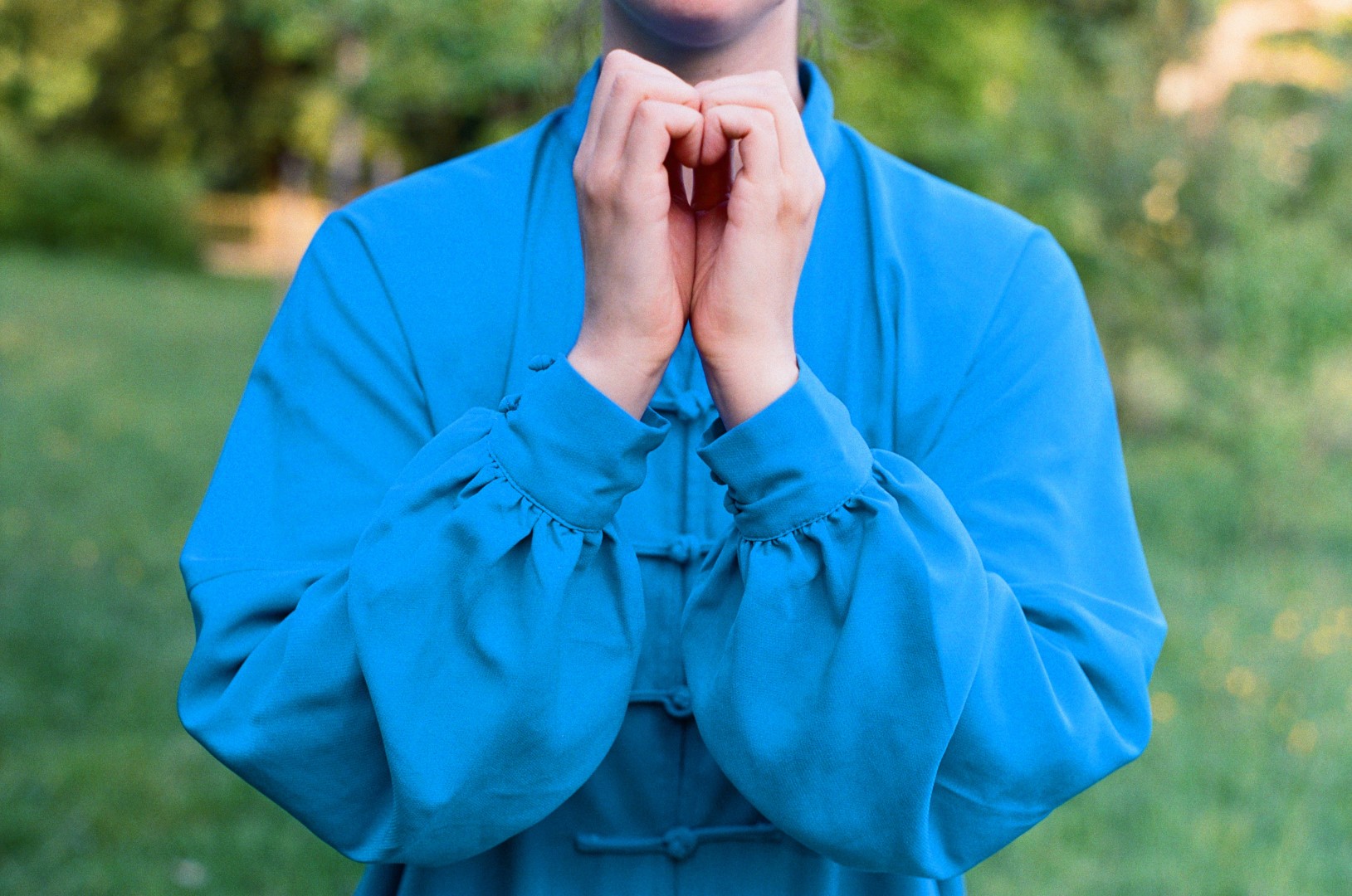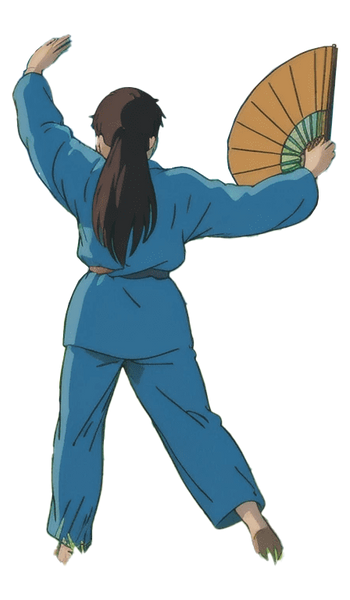Daoyin Yangsheng Gong
Daoyin Yangsheng Gong is a traditional Chinese movement practice within the Qi Gong system. This style was developed by Master Zhang Guangde and is taught at the Beijing University of Physical Education. In China, it is officially recognized as a therapeutic method and is used in various hospitals.
The term Daoyin refers to guiding or leading the life energy (qi) through intentional movements and breathing techniques. Yangsheng literally means “nourishing life” or “health preservation,” emphasizing overall well-being and longevity. Gong means practice or skill. This style includes many twisting movements with the arms, which help to detoxify the body and release accumulated tension.
The Five Elements and the Seasons
Each of the five elements in Traditional Chinese Medicine has a corresponding Daoyin Qi Gong form. These practices not only strengthen the associated organ but also address the related emotional state. The choice of form aligns with the season of the year. Each series includes eight movements that embody the energy of that specific element:
Kidney Daoyin
Water element – winter – fear
Liver Daoyin
Wood element – spring – anger
Heart Daoyin
Fire element – summer – joy
Spleen Daoyin
Earth element – late summer – worry
Lung Daoyin
Metal element – autumn – grief


Additional Daoyin Forms I Teach
- The 49 Movements
A comprehensive Qi Gong form consisting of three parts. Especially suitable for people with chronic illness or fatigue, with a strong meditative focus. - Daoyin Bao Jian Gong
“Exercises for Health Preservation”
The foundational form. - Shi Er Fa (十二法)
“Twelve Methods”
A graceful, calming form practiced with music.

